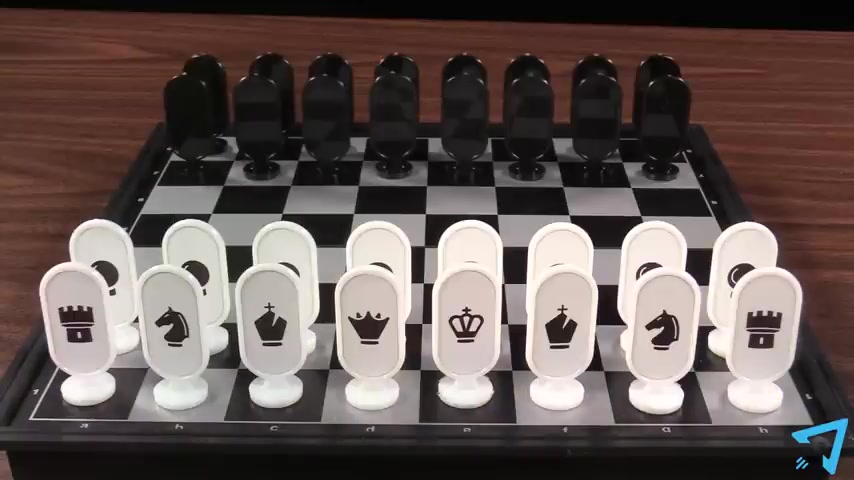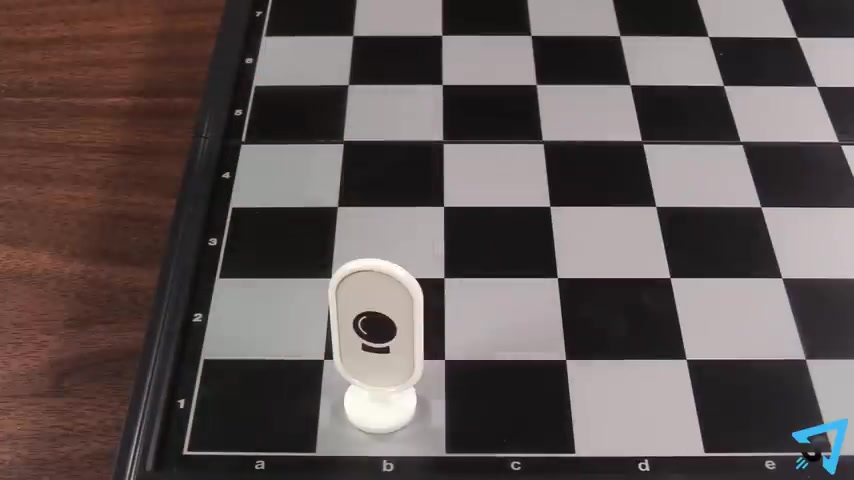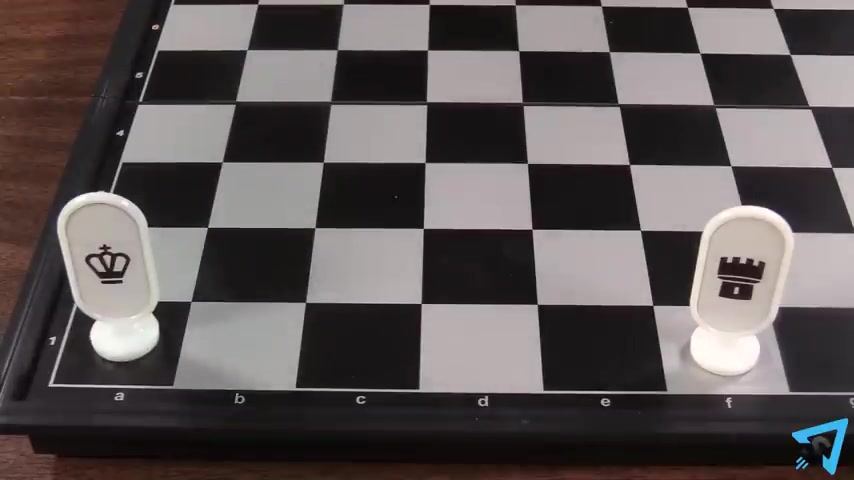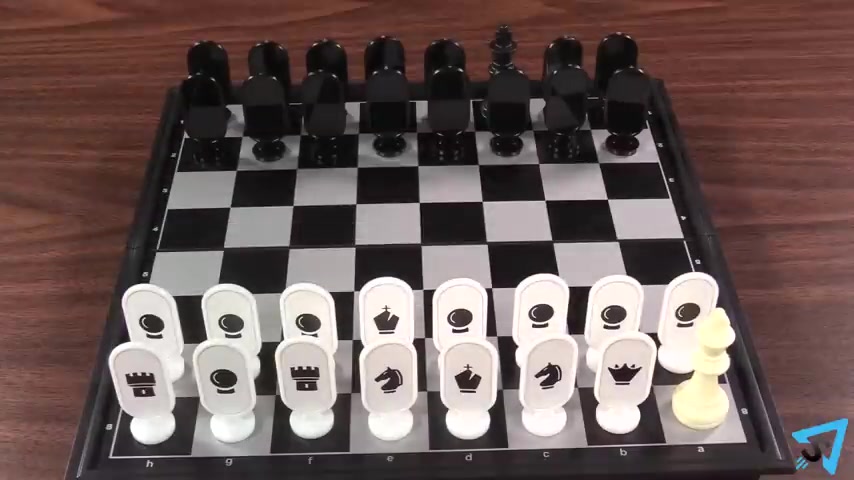https://www.youtube.com/watch?v=xwzLmQxXdoY
How to play Hidden Identity Chess

Hidden identity .
Chess how to play the rules are the same as regular chess except for these changes .
For a refresher of those rules , check out this video , there is no check or checkmate .
The object of the game is to capture your opponent's king .
Each piece is replaced by a special chess piece whose identity can only be seen on one side during set up each player places their pieces , however they want on their closest two rows with their pieces , identities facing them hidden from their opponent .
There is no restriction to where pieces can be placed .
Pawns are allowed to be placed on the first row and bishops can be placed on the same color whenever a piece is captured , its identity is revealed .
Pawns on the first row are allowed an initial double step move .

If you want a pawn that moves to the second row still is allowed to perform a double step move on Paan is allowed like normal against an opponent's pawn taking a double step move from either the first or second row .
However , if the opponent's piece being captured isn't a pawn , then the pawn performing the on Paan is removed .
From the board .
Instead when performing on Passan , announce what you are doing , but leave the identity of the piece you are trying to capture hidden , your opponent then says , if it is upon , if it isn't , then the piece's identity remains hidden .
The king is allowed to move to a threatened space .
Castling is allowed if the rook is on the same row as the king and there are no other pieces in between to castle , move the king two spaces towards the rook .
Then move that rook to the other side of the king .

If a rook is two spaces away or adjacent to the king , then the king takes the space of the rook and the rook is moved to the other side .
You may only castle if it is the king and Rook's first move of the game .
If ever a piece is moved illegally or it's discovered to have had moved illegally in the past , then the illegally moved piece is removed from the board .
And the opponent of that piece also removes any single enemy piece of their choice from the board as a penalty .
If the illegally moved piece was already removed from the board , when discovered , then the opponent removes two pieces of their choice .
Instead , if the removed piece was the king , then they win the game immediately .
If a player performs more than one illegal move in a game , then they immediately lose the first player to capture their opponent's king wins .
You can also play with the revealed king's variant at the start of the game .

Use a divider when setting up the pieces and play with a normal king .
Remove the divider to begin play .
Both players will now play the game with knowledge of the enemy king's location .
If your opponent performs an illegal move , then instead of removing pieces , you win the game immediately .
Are you looking for a way to reach a wider audience and get more views on your videos?
Our innovative video to text transcribing service can help you do just that.
We provide accurate transcriptions of your videos along with visual content that will help you attract new viewers and keep them engaged. Plus, our data analytics and ad campaign tools can help you monetize your content and maximize your revenue.
Let's partner up and take your video content to the next level!
Contact us today to learn more.